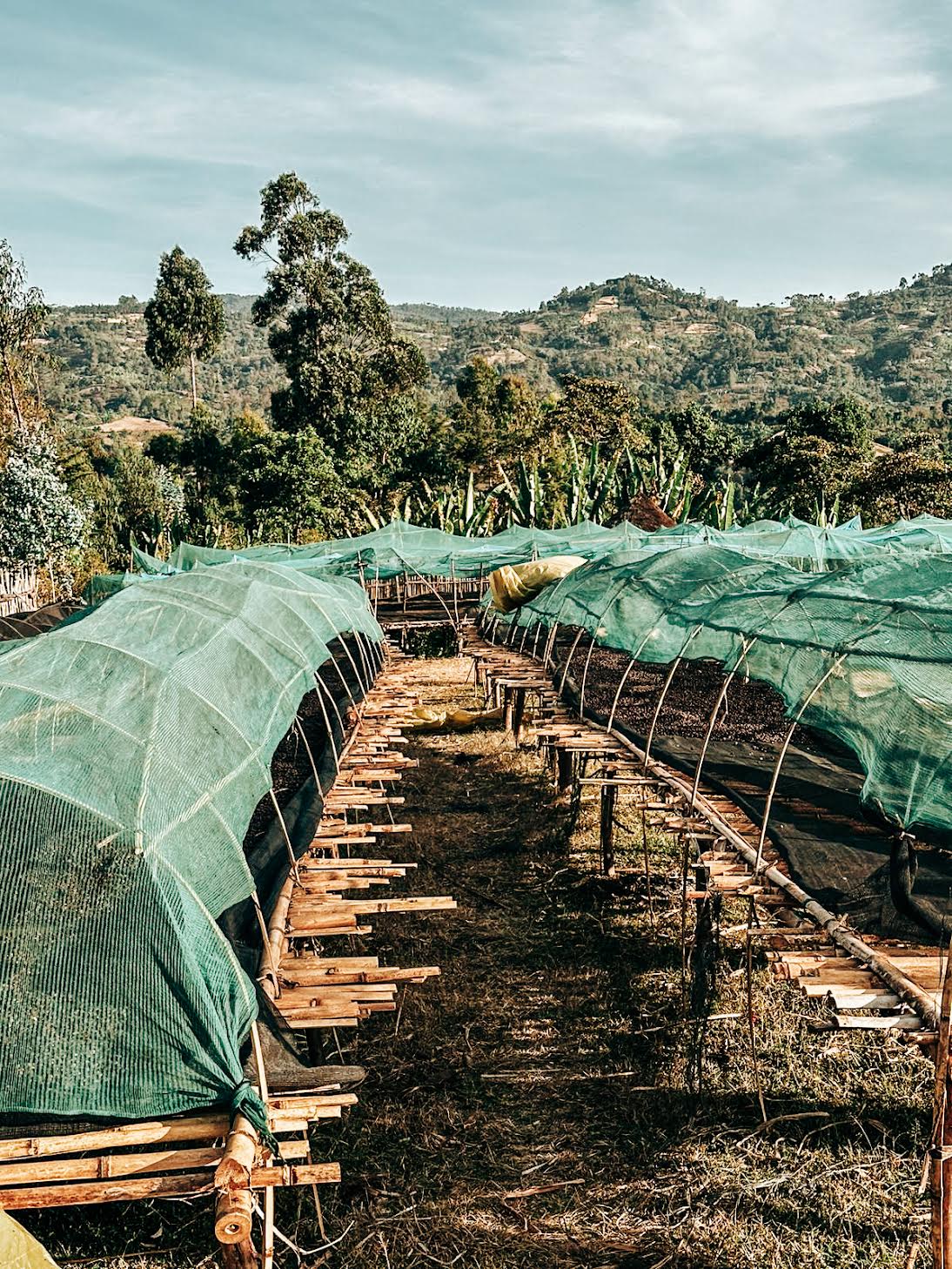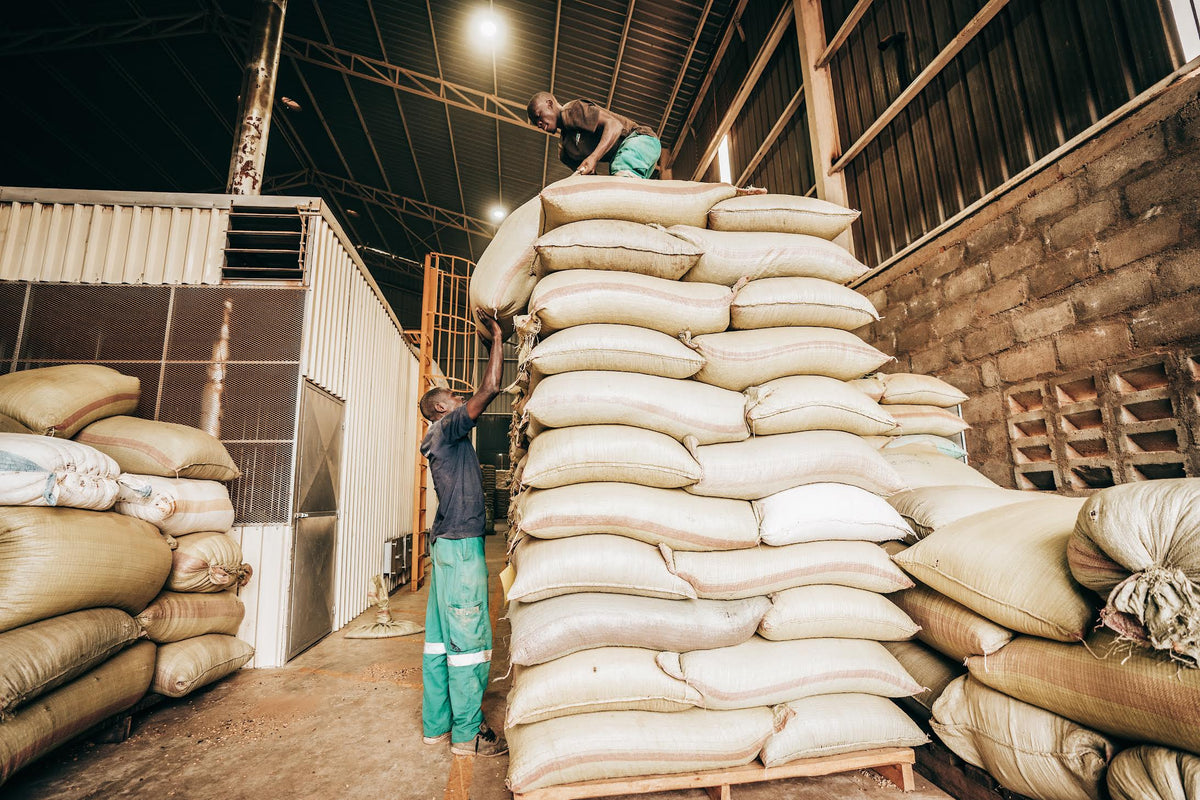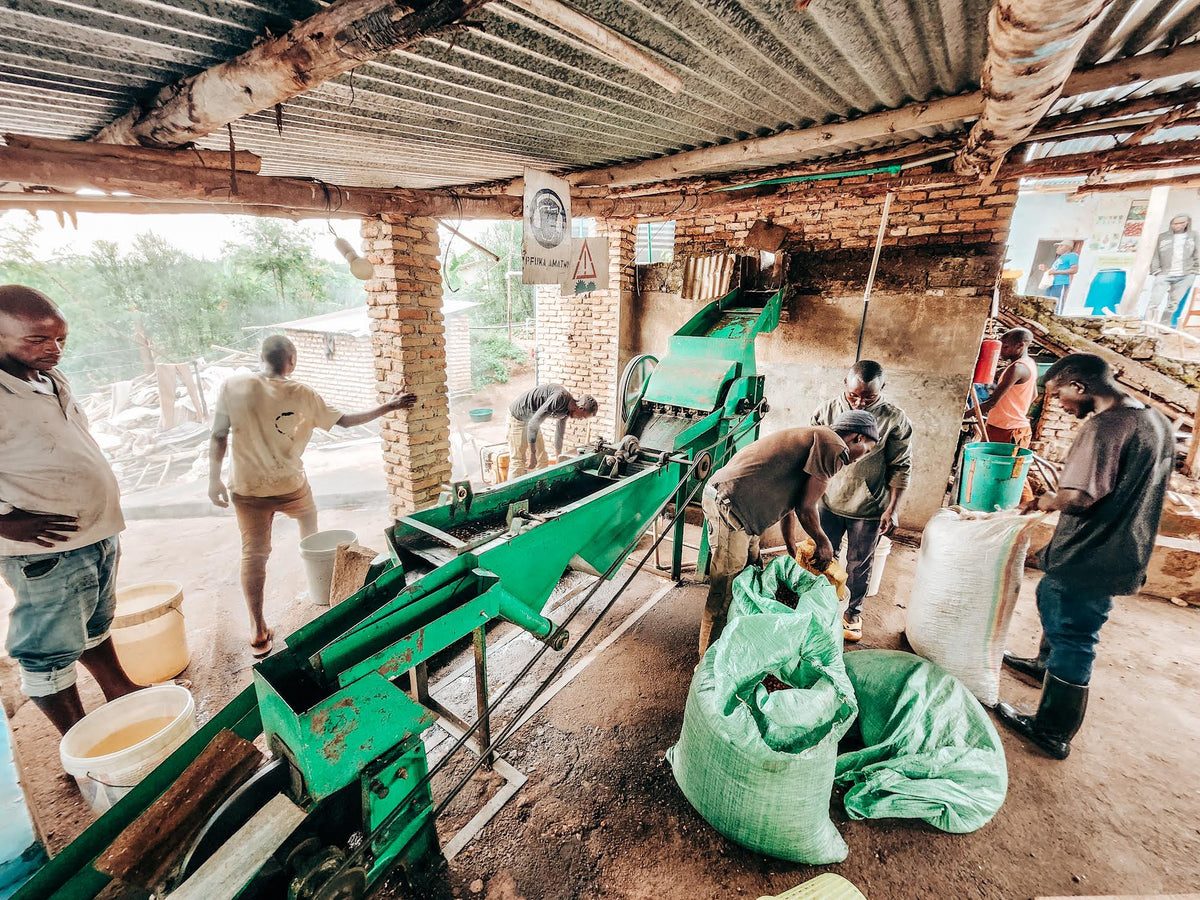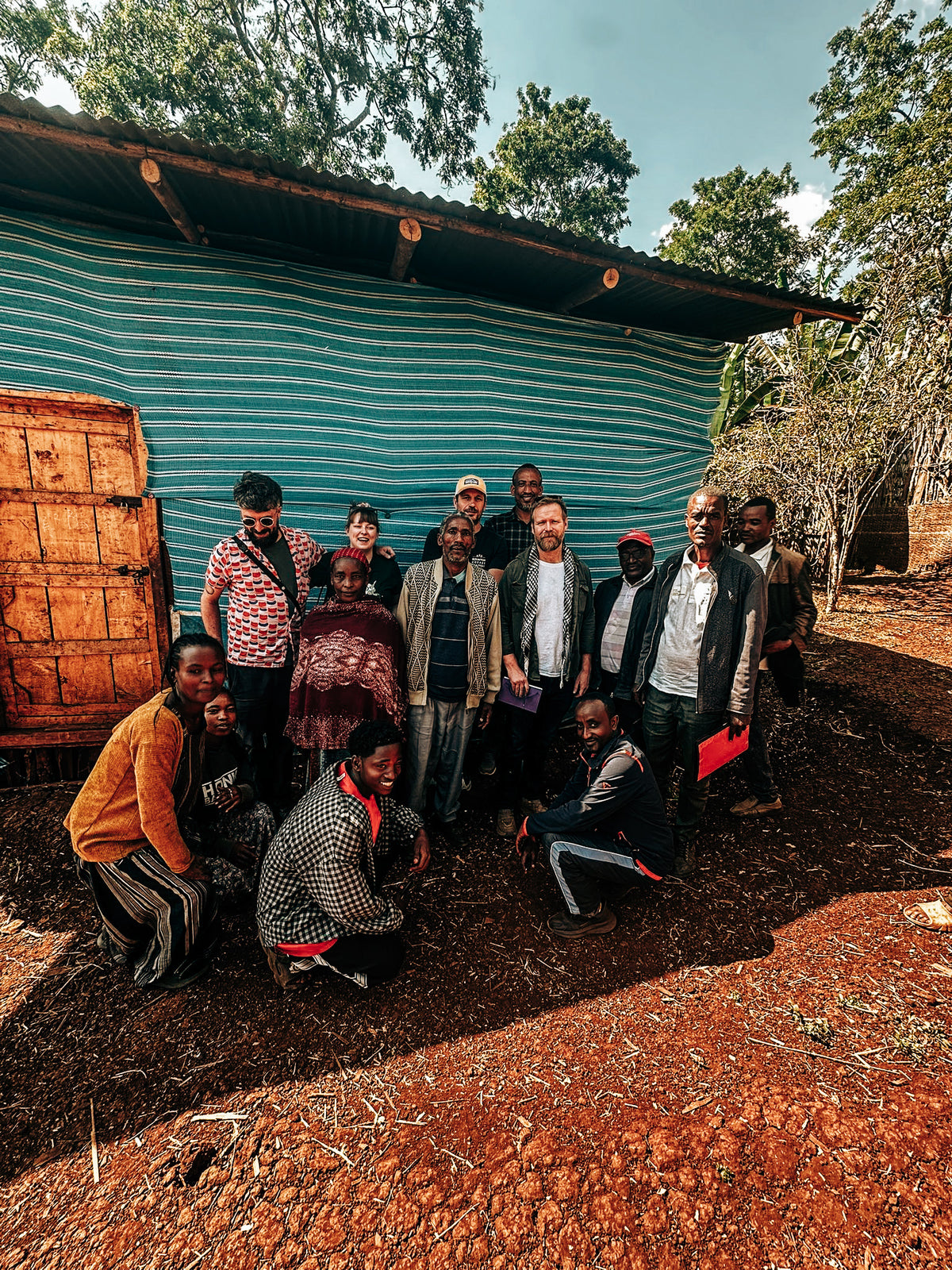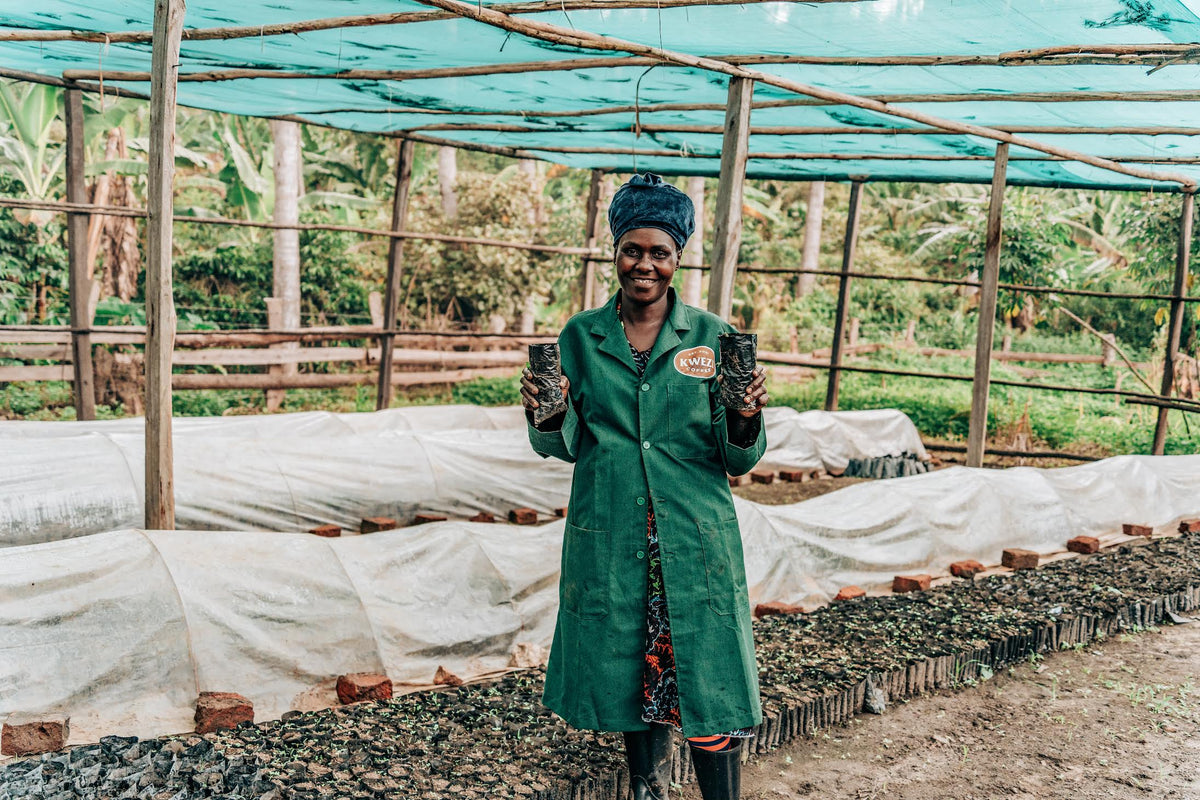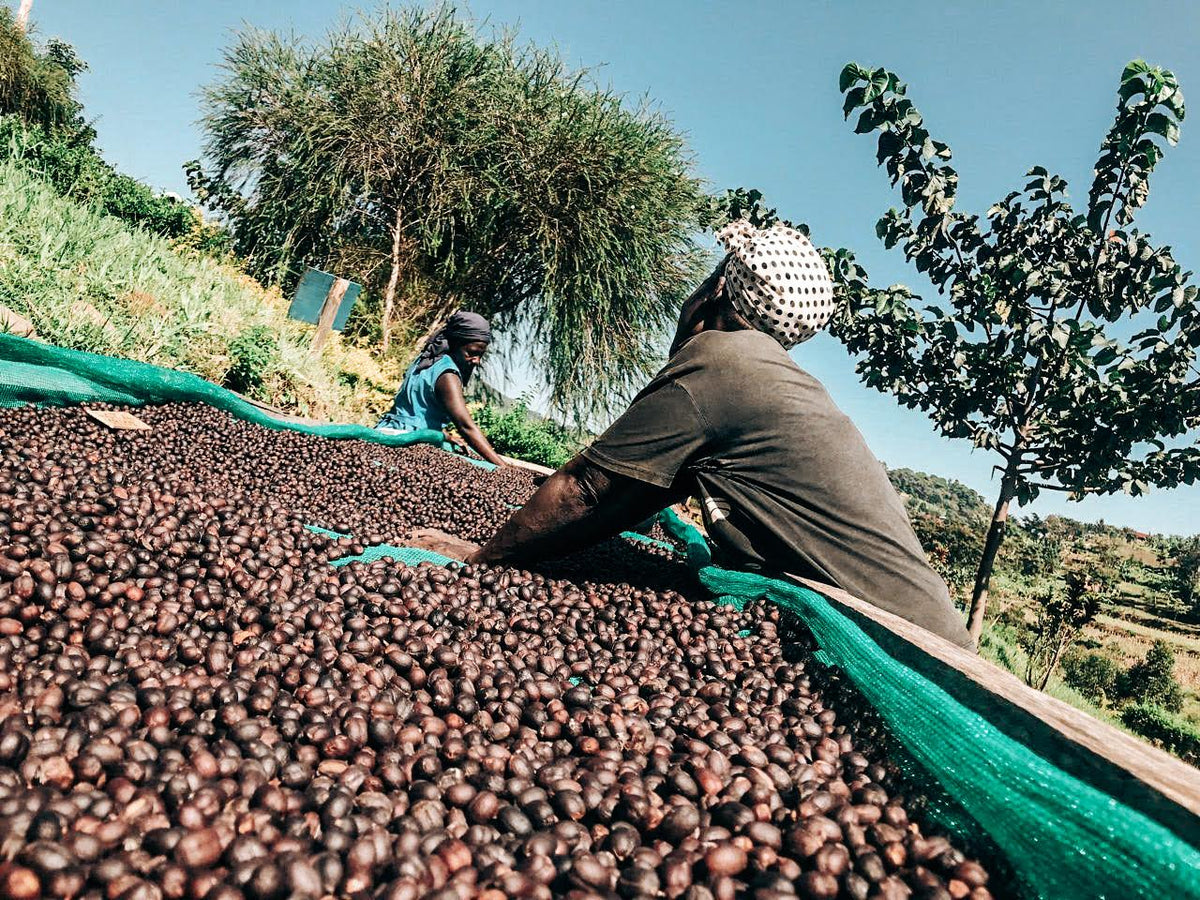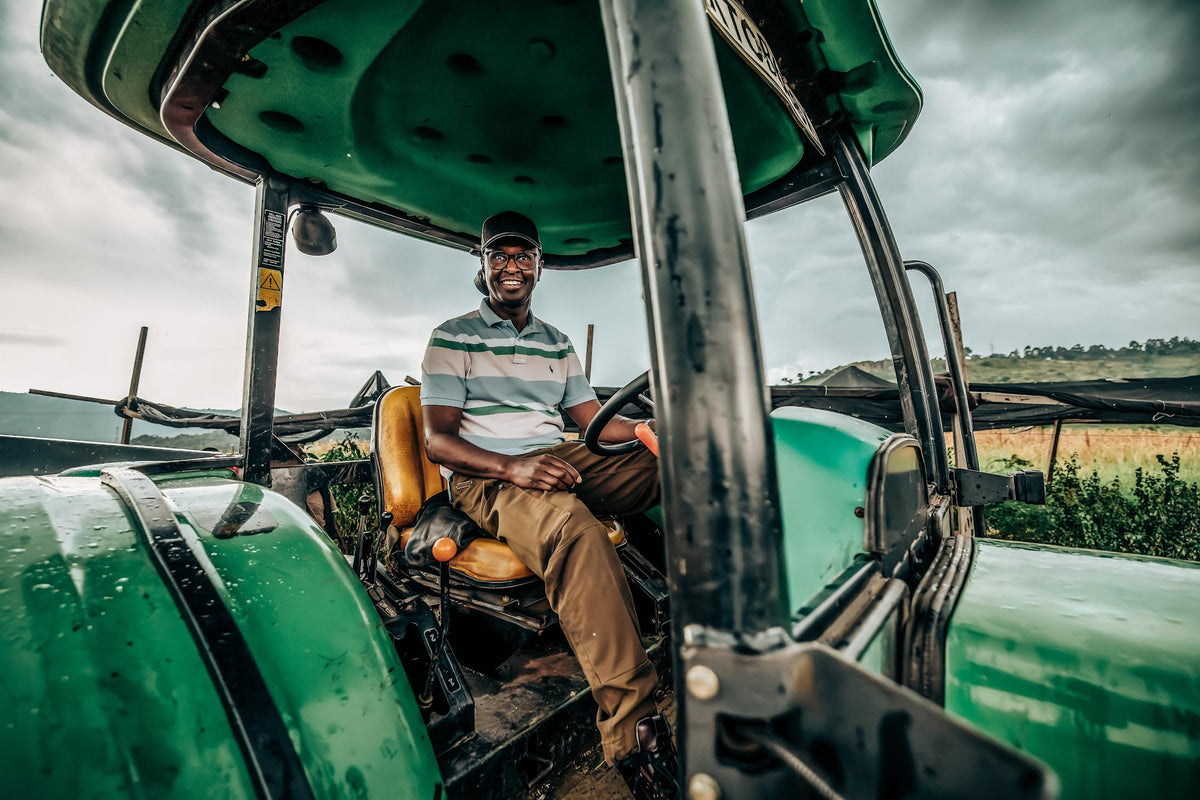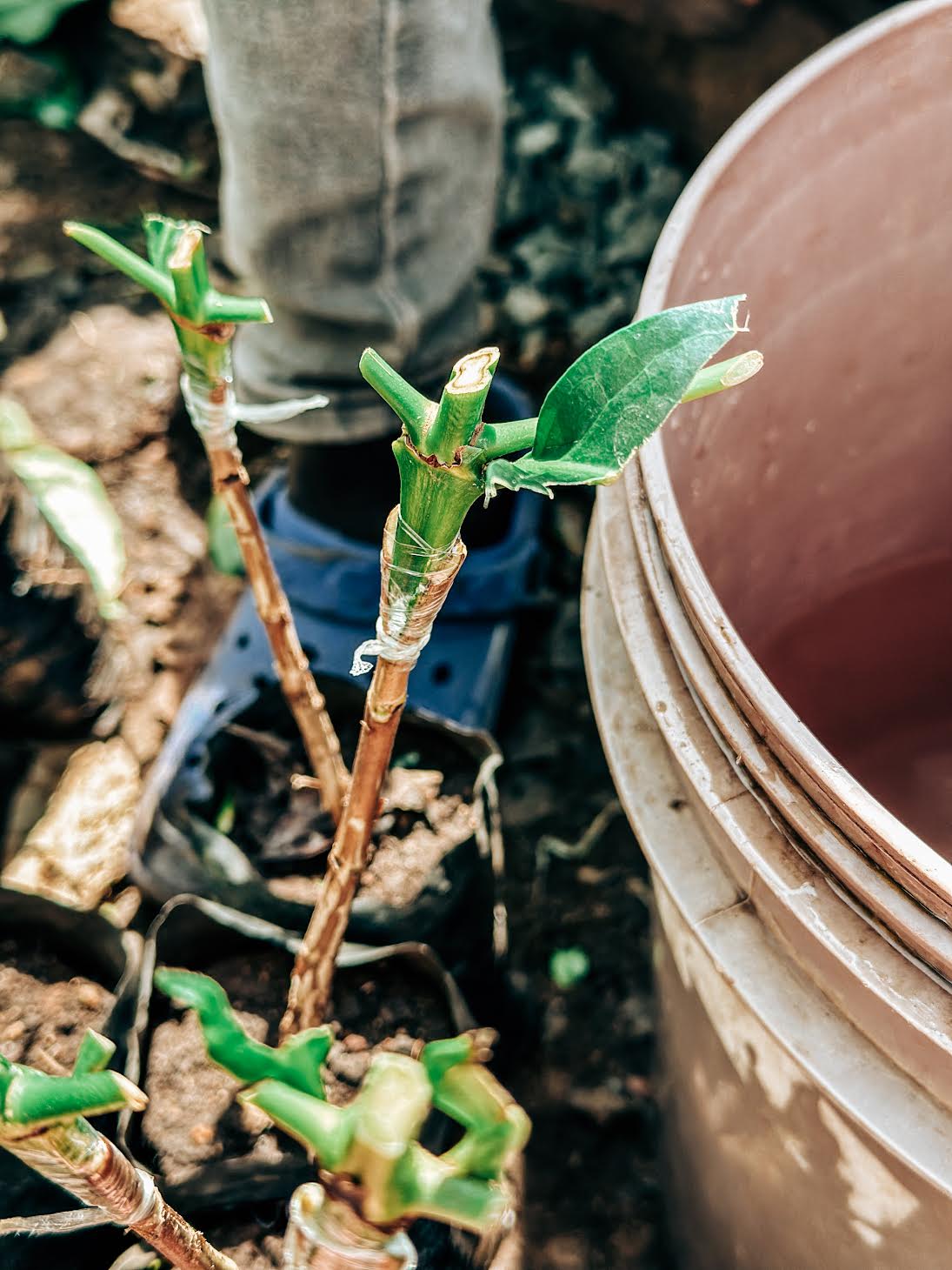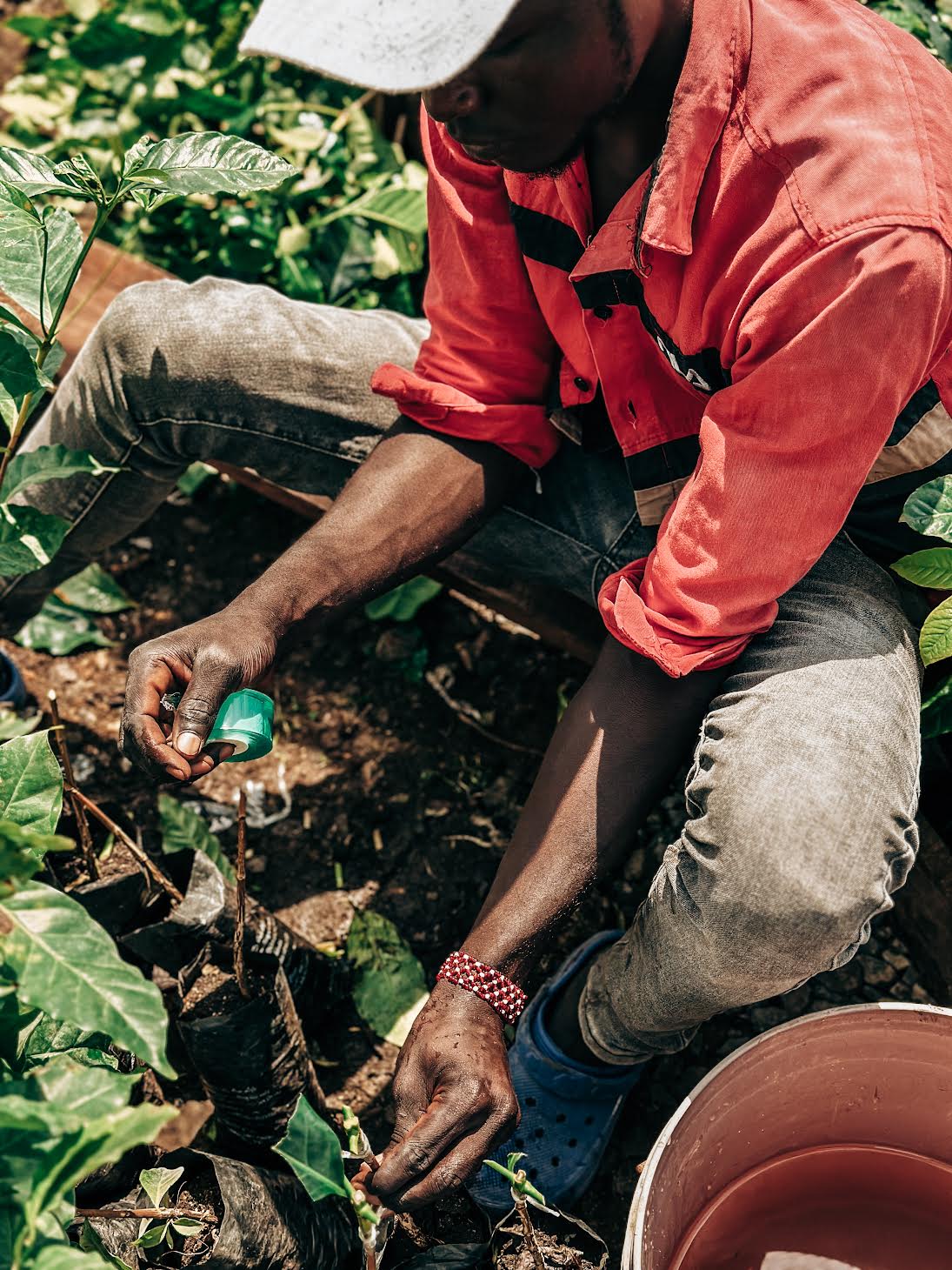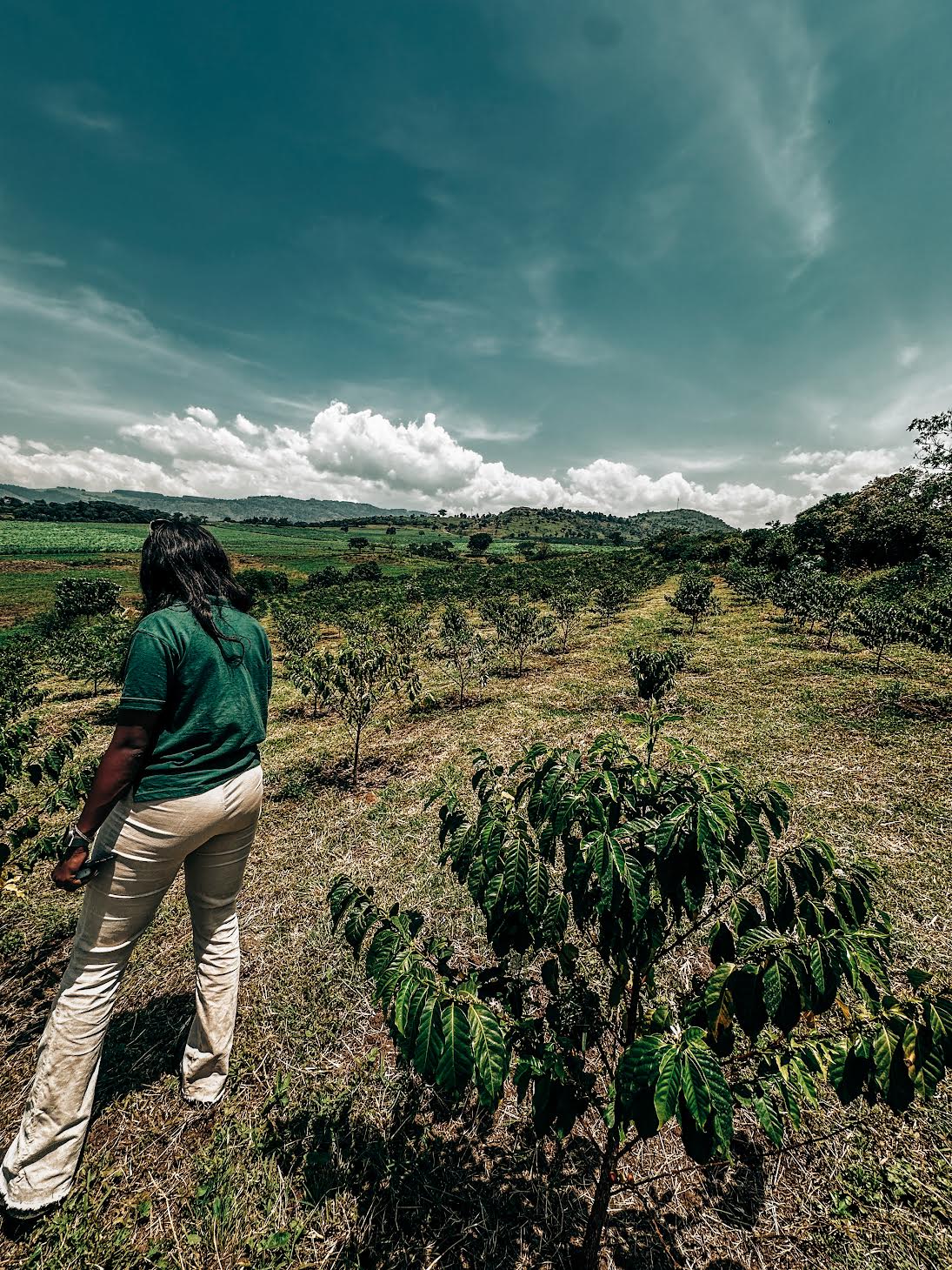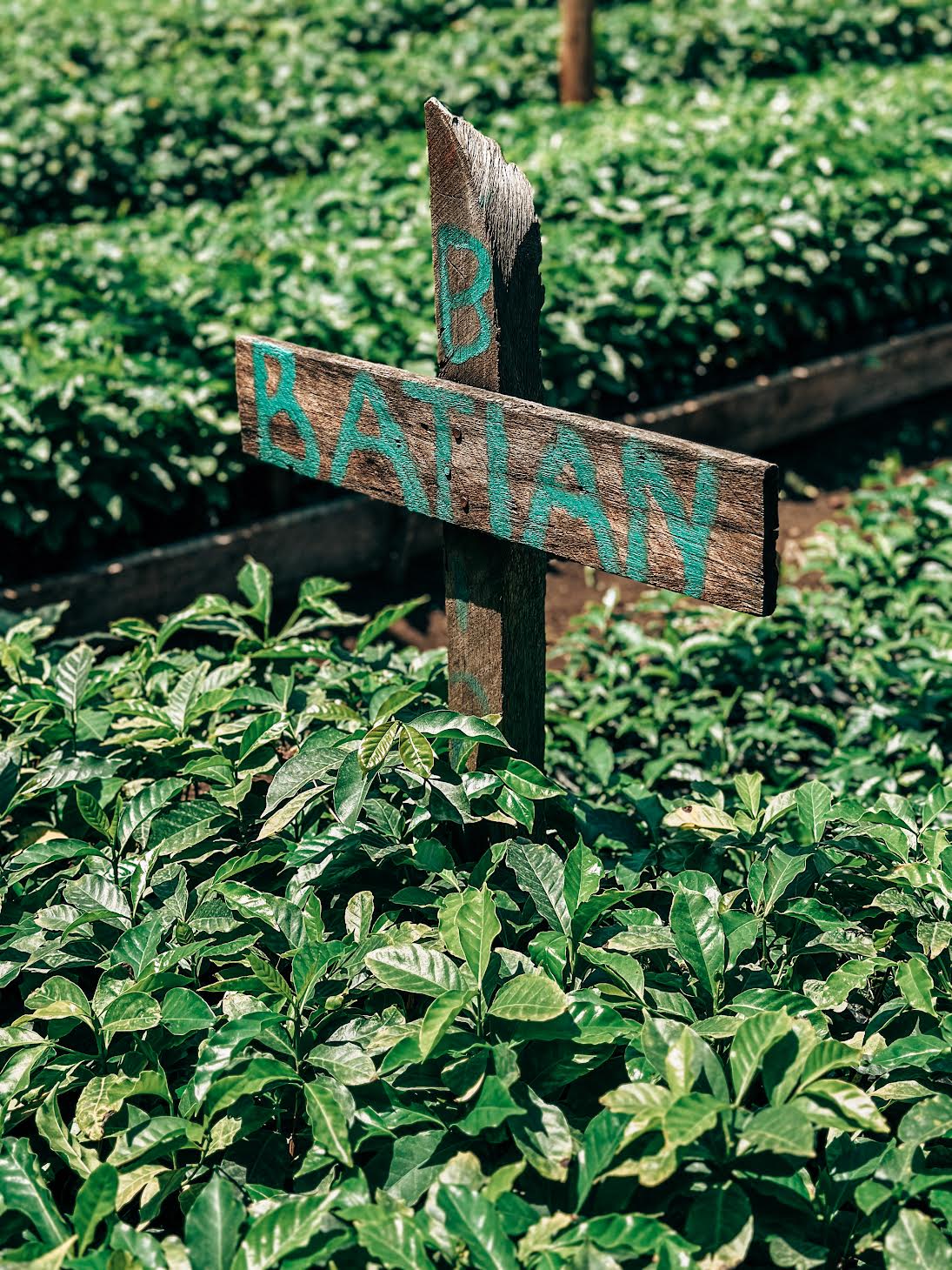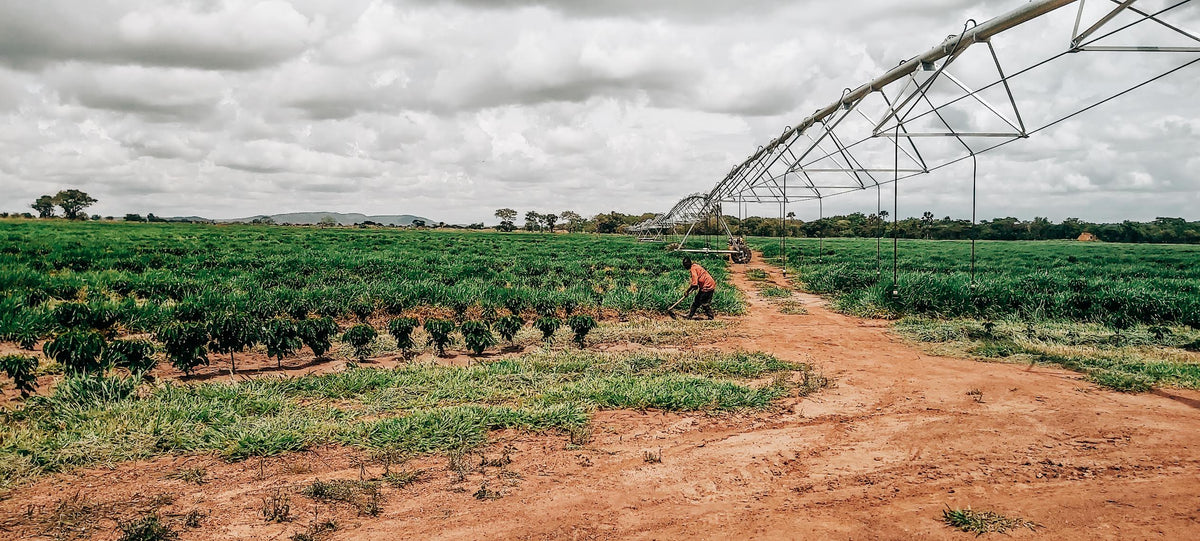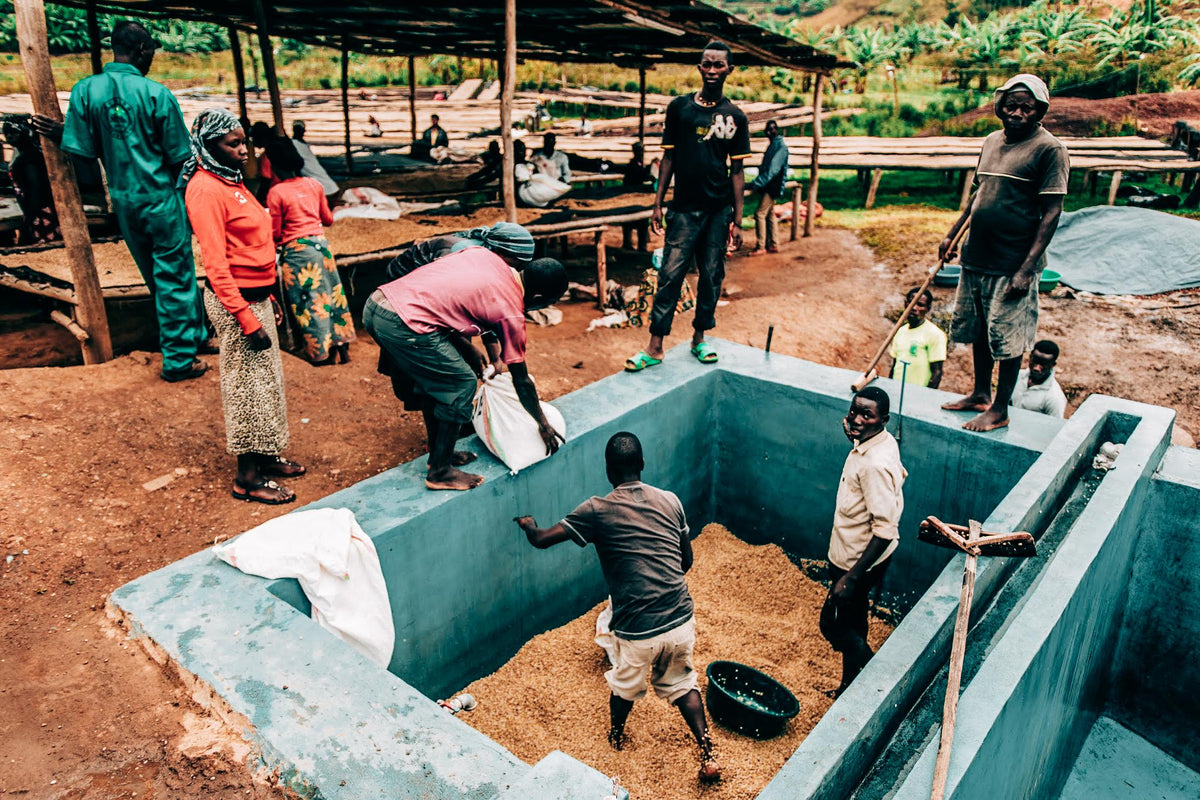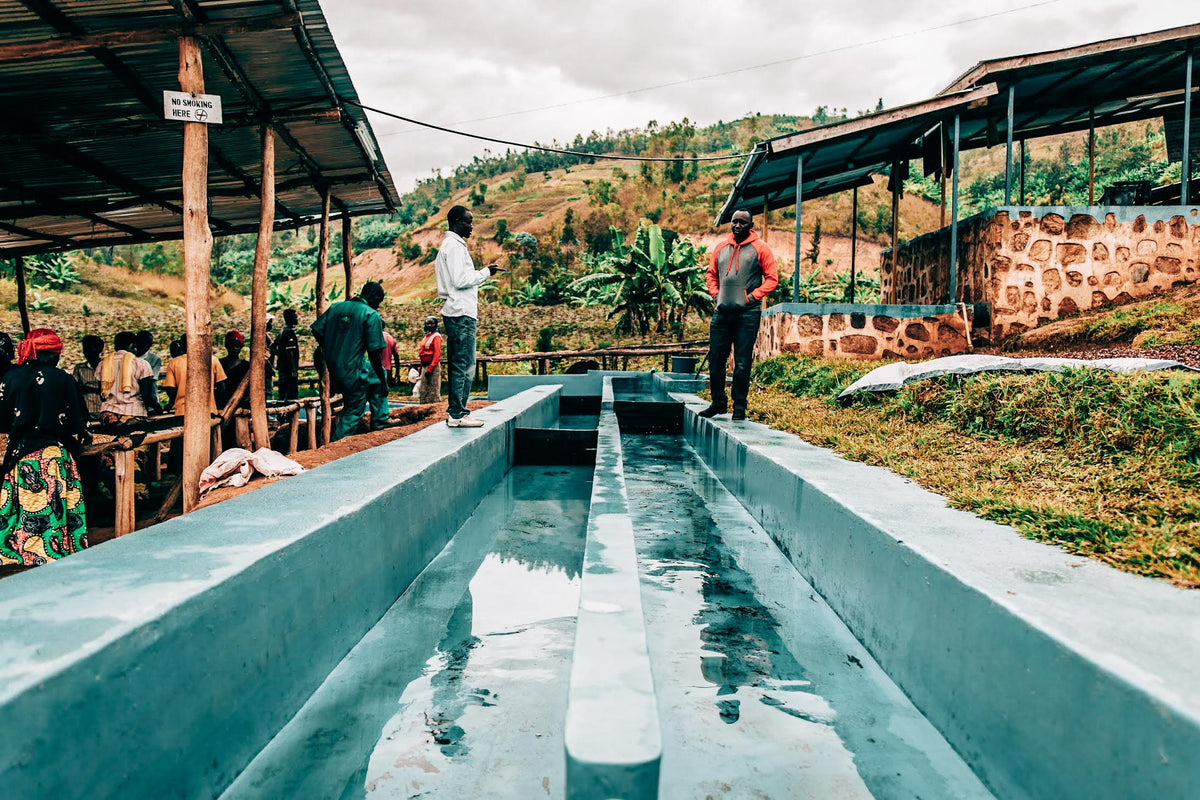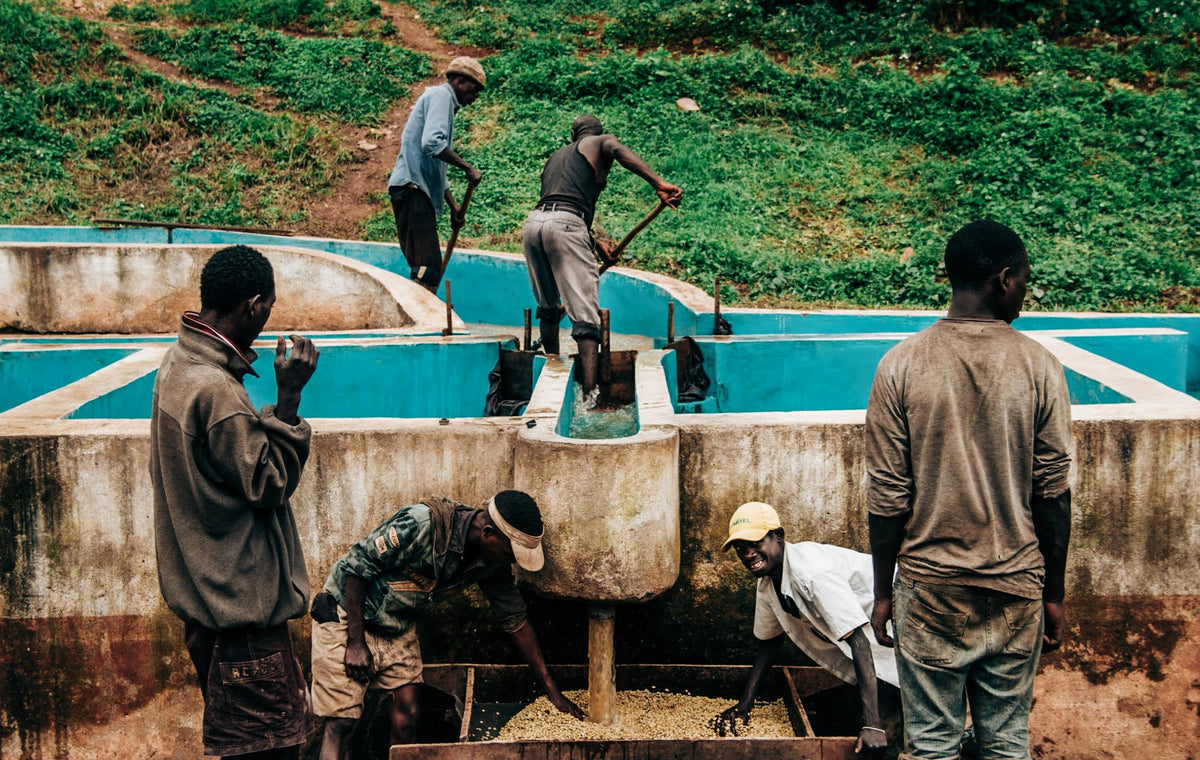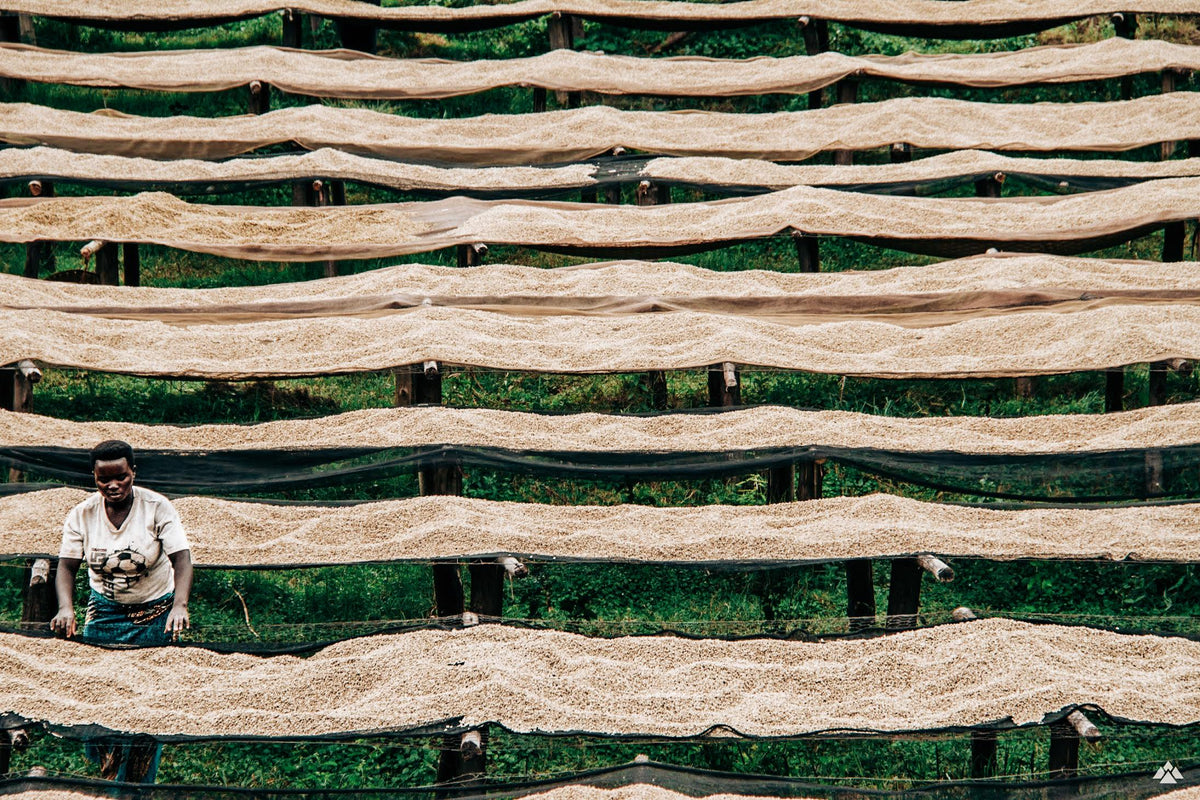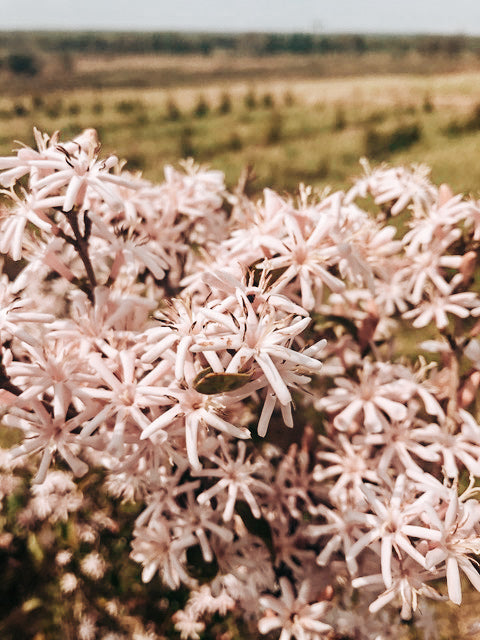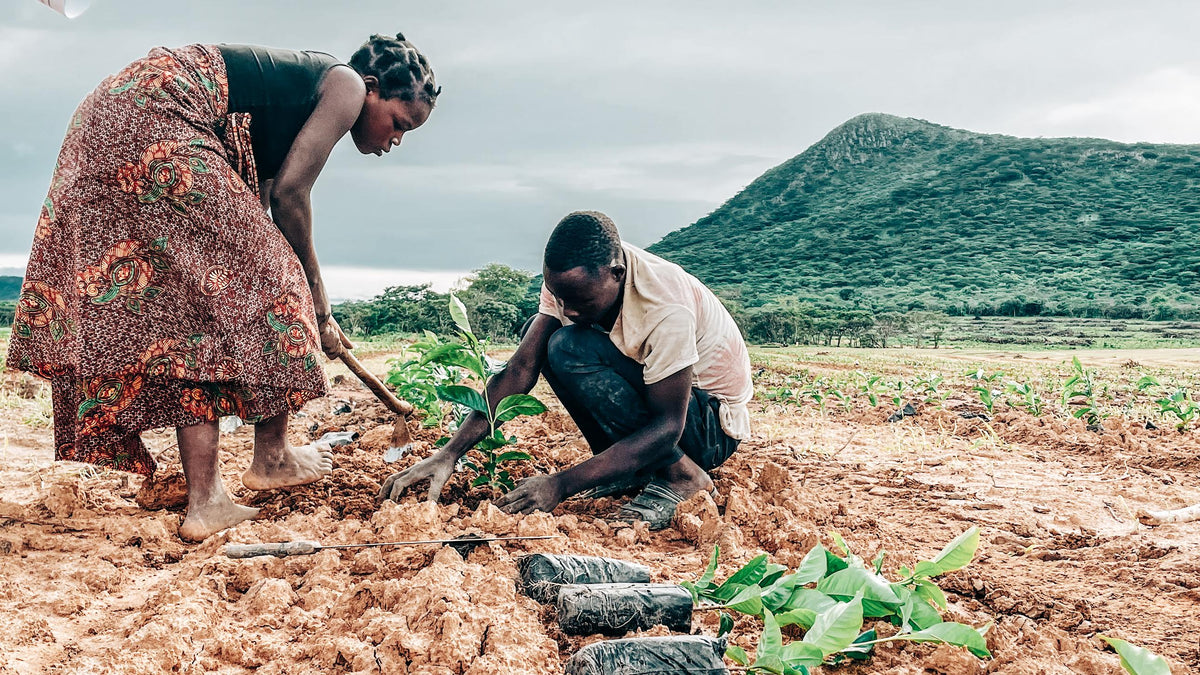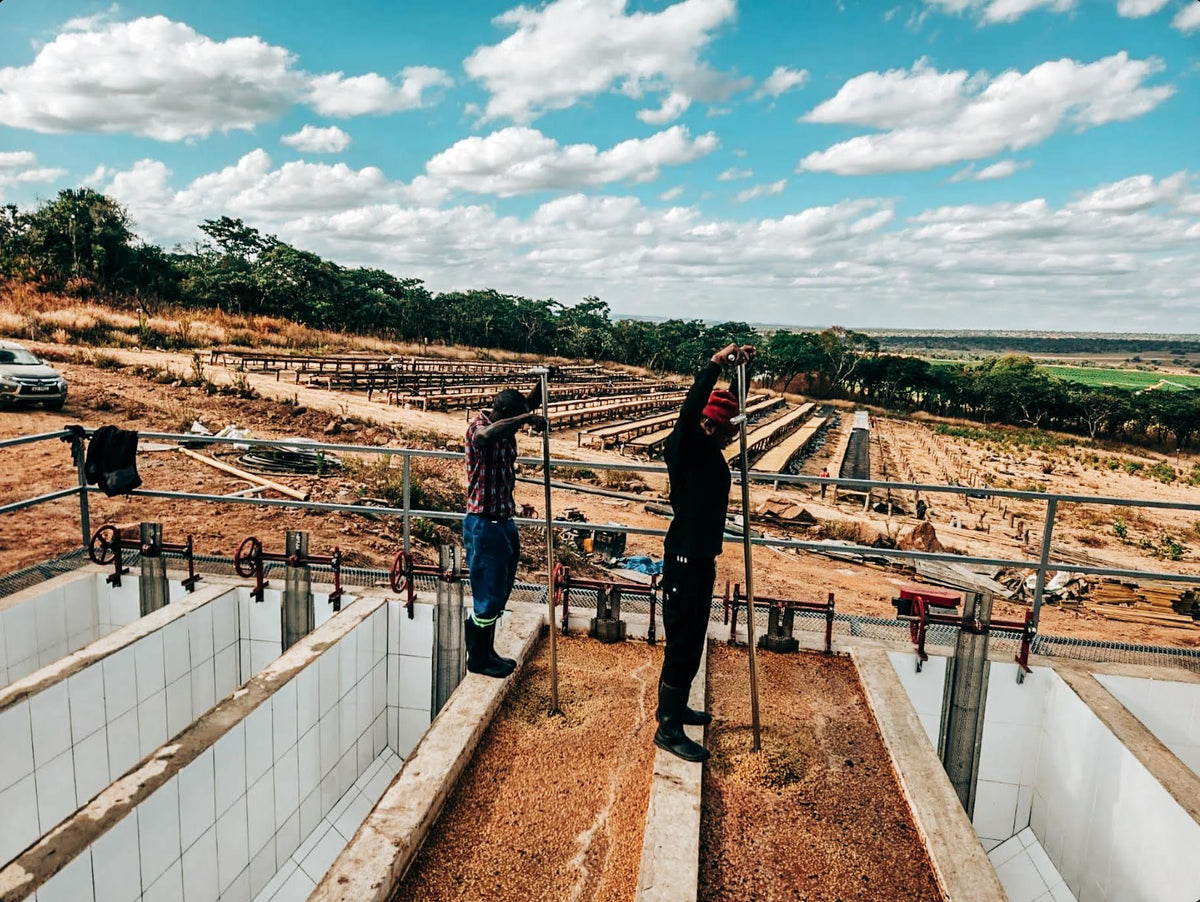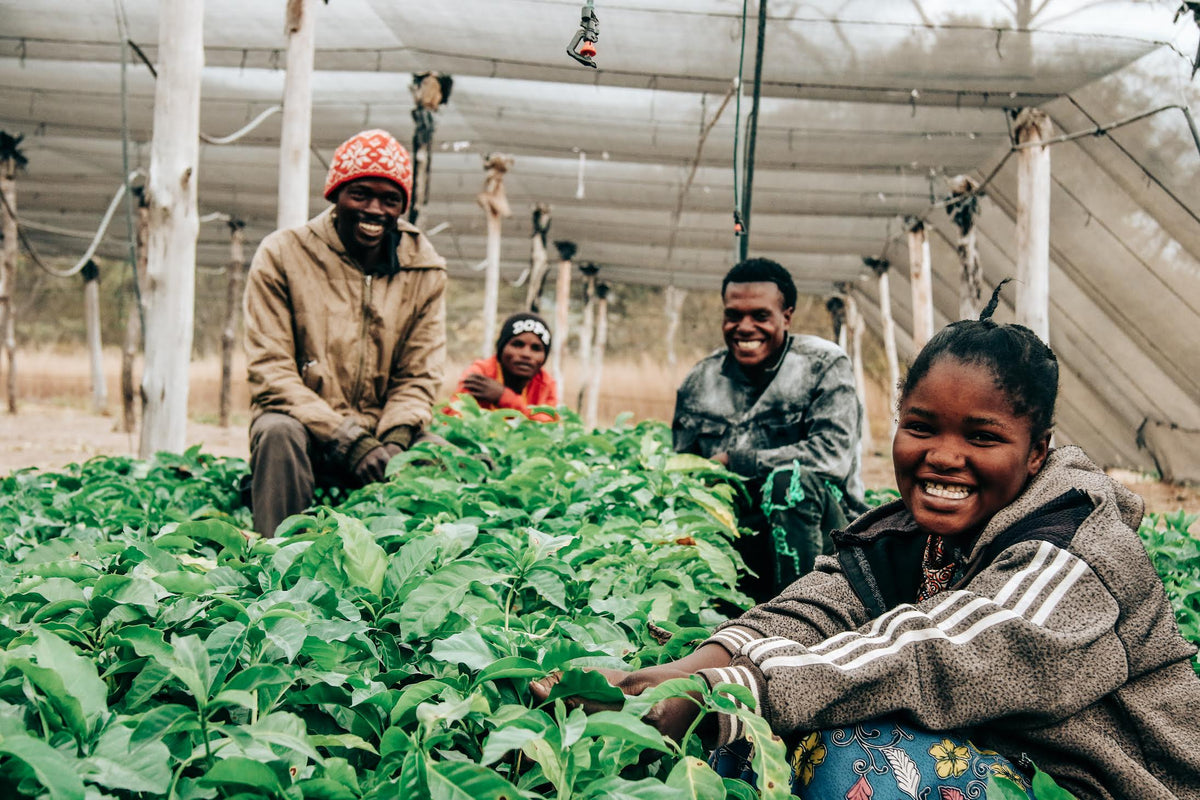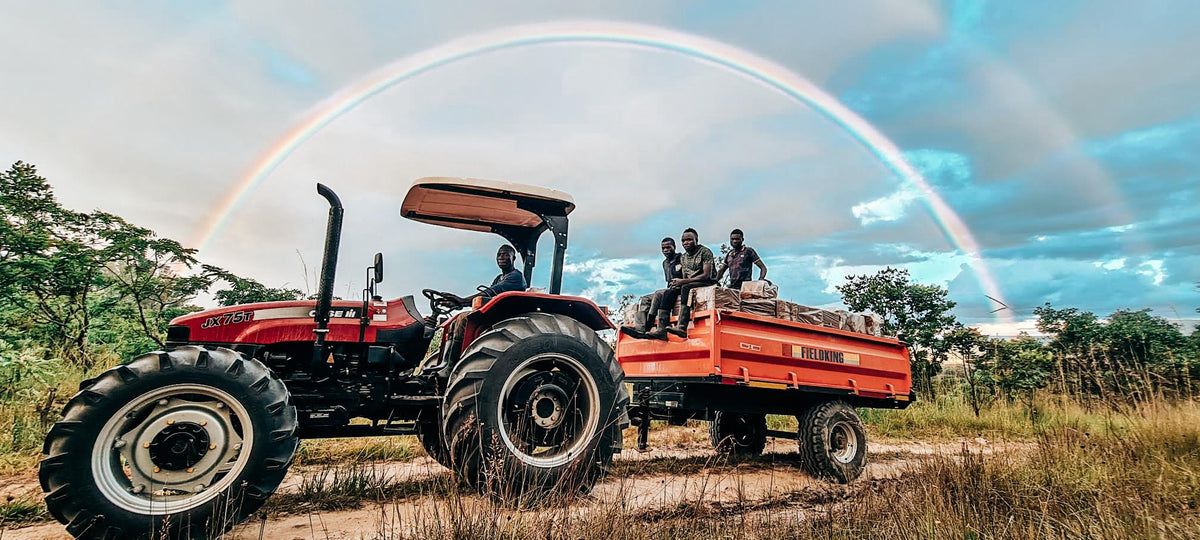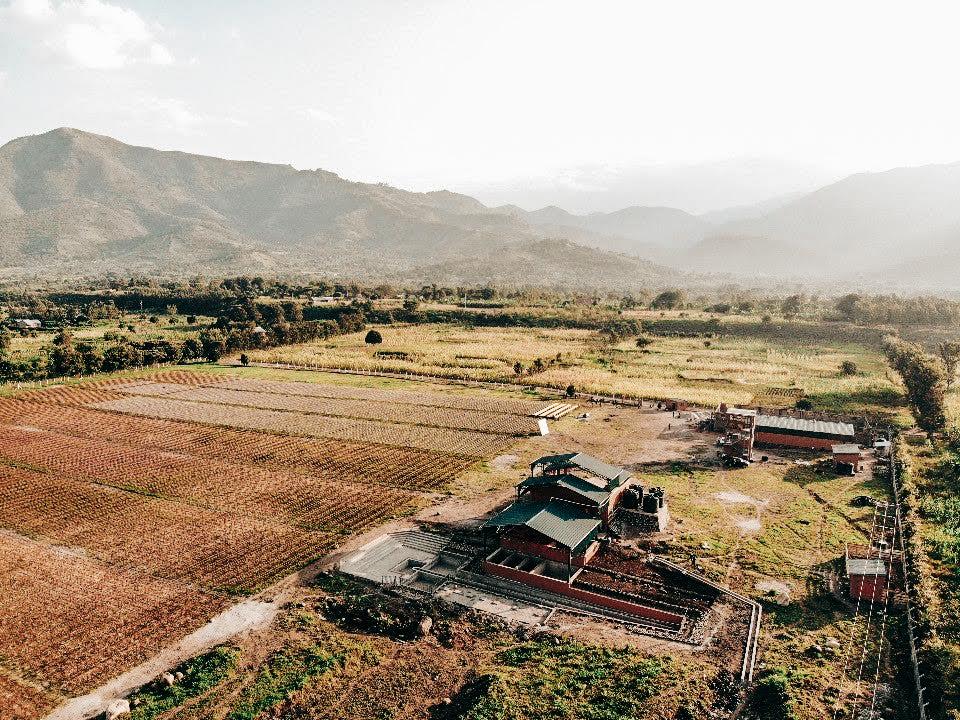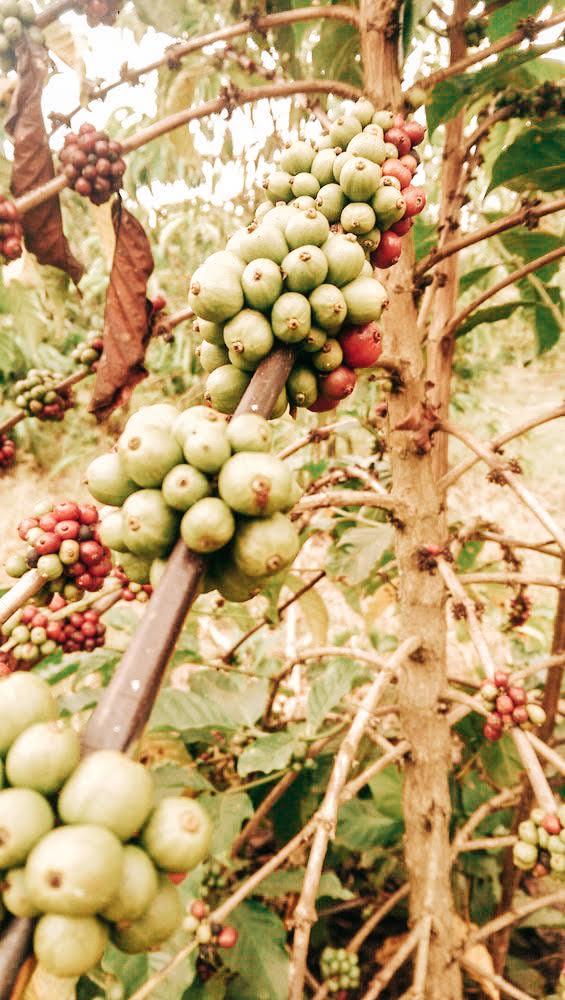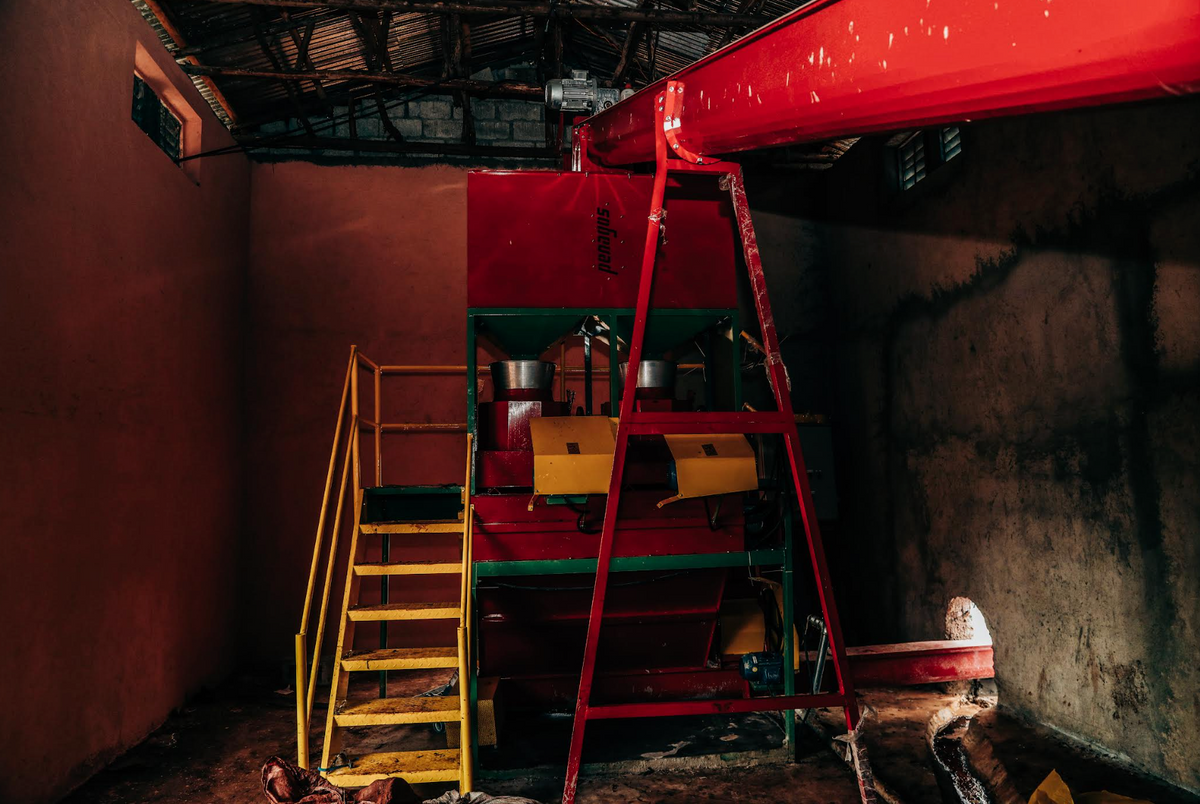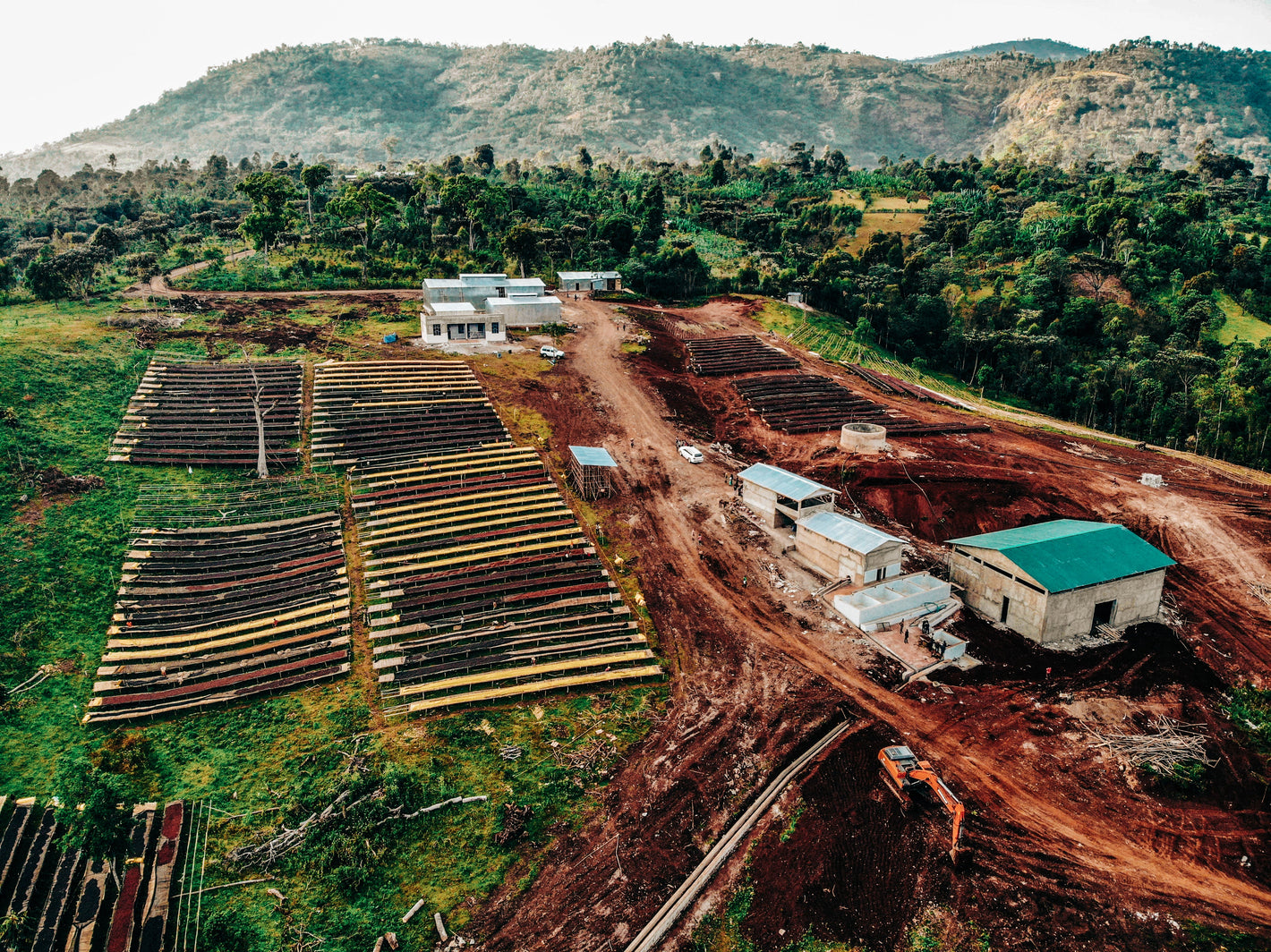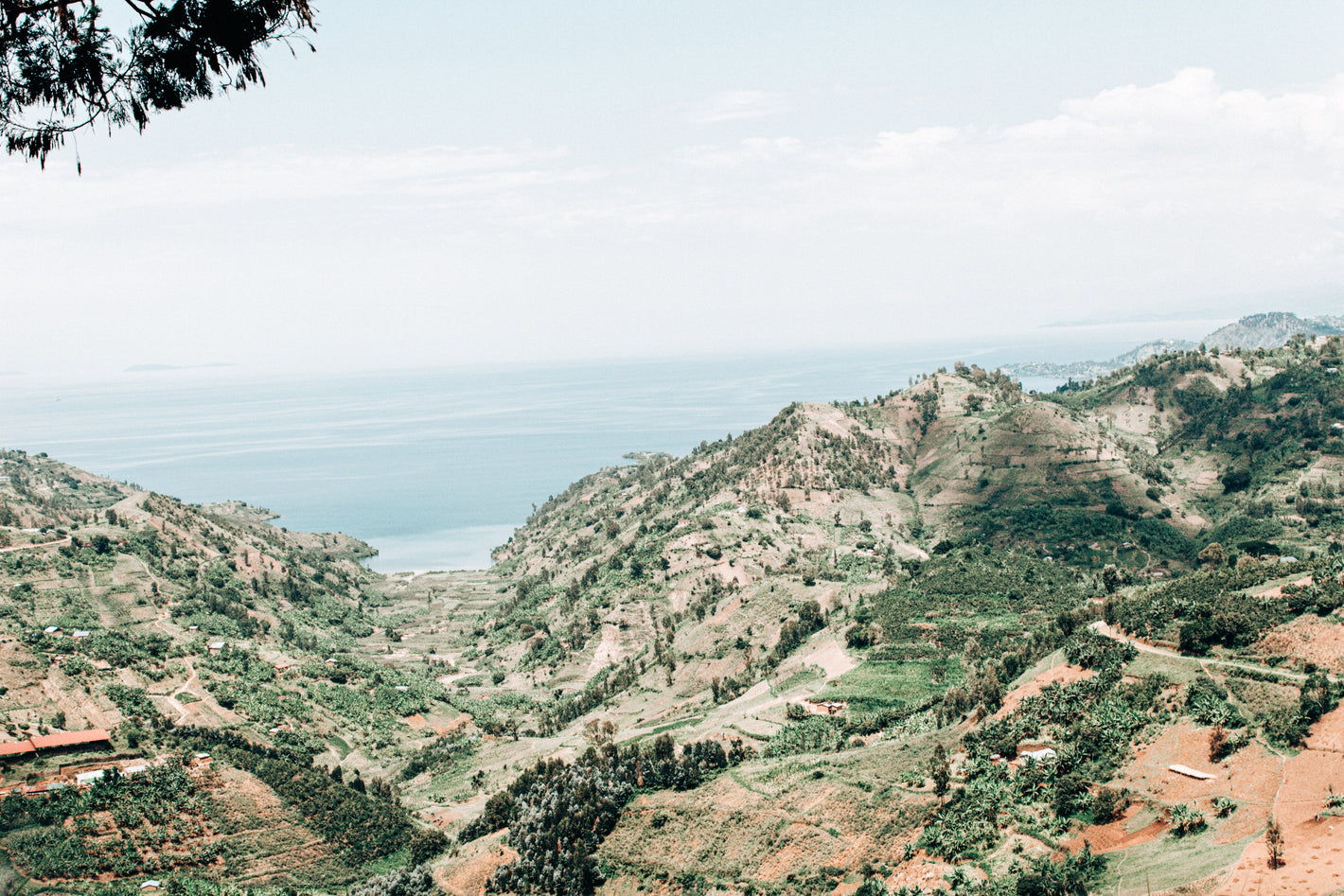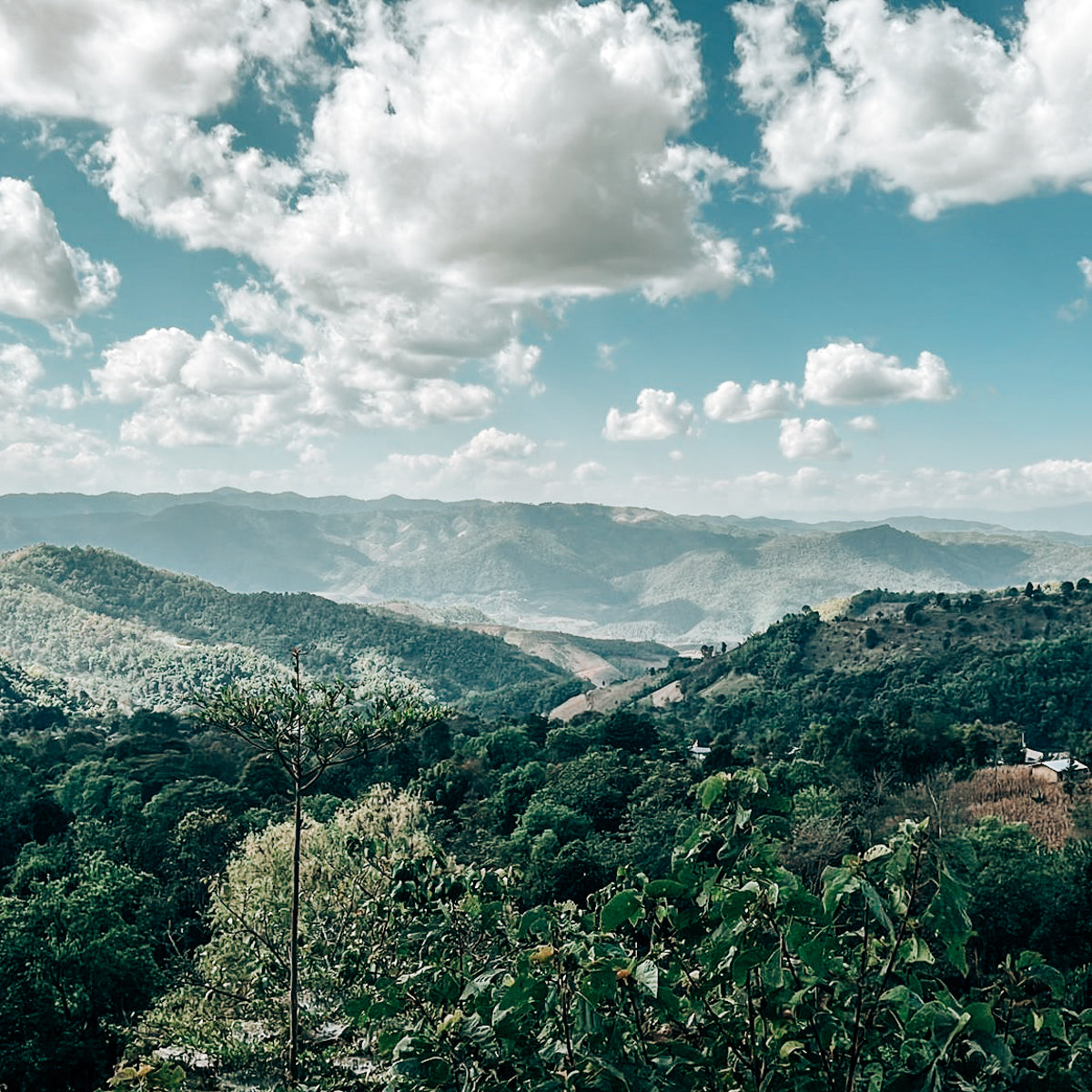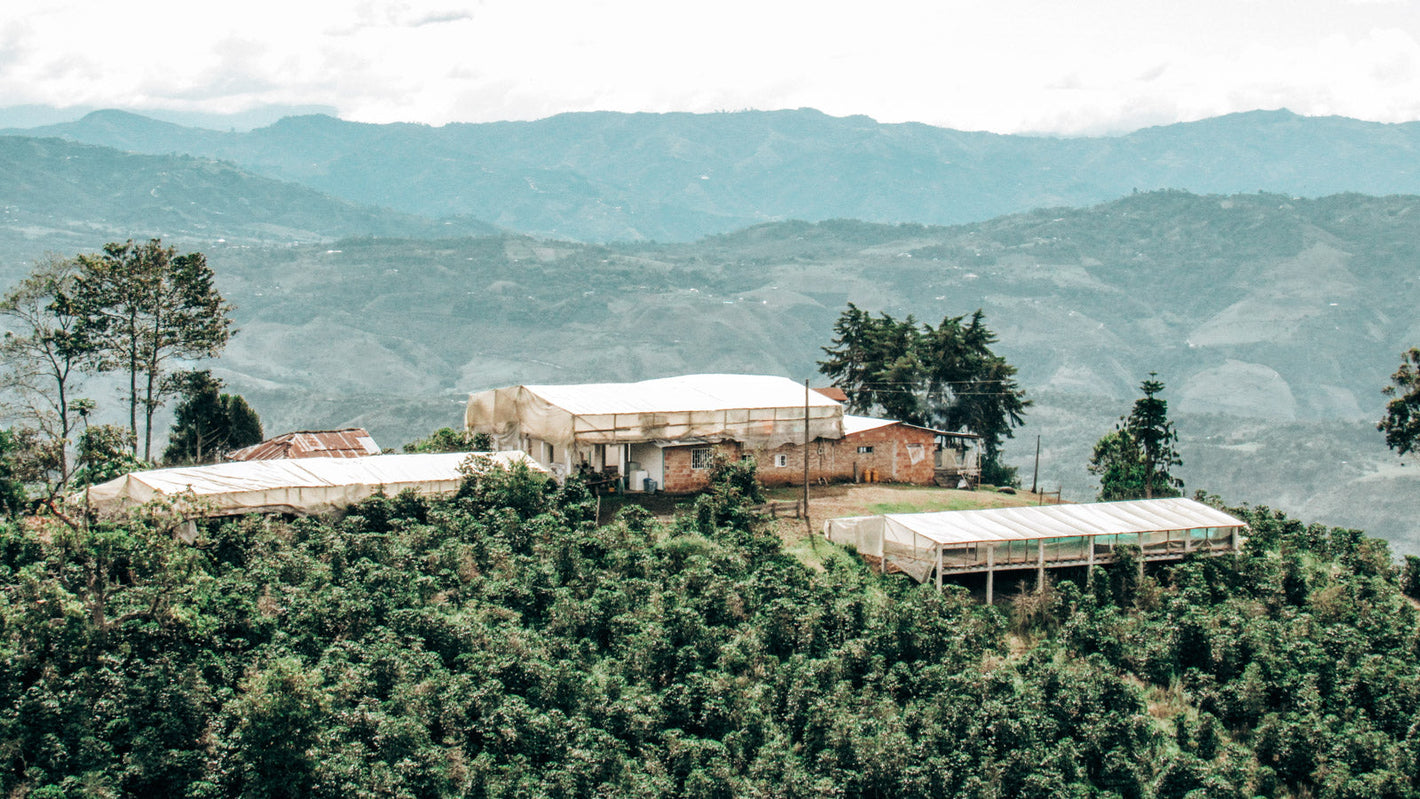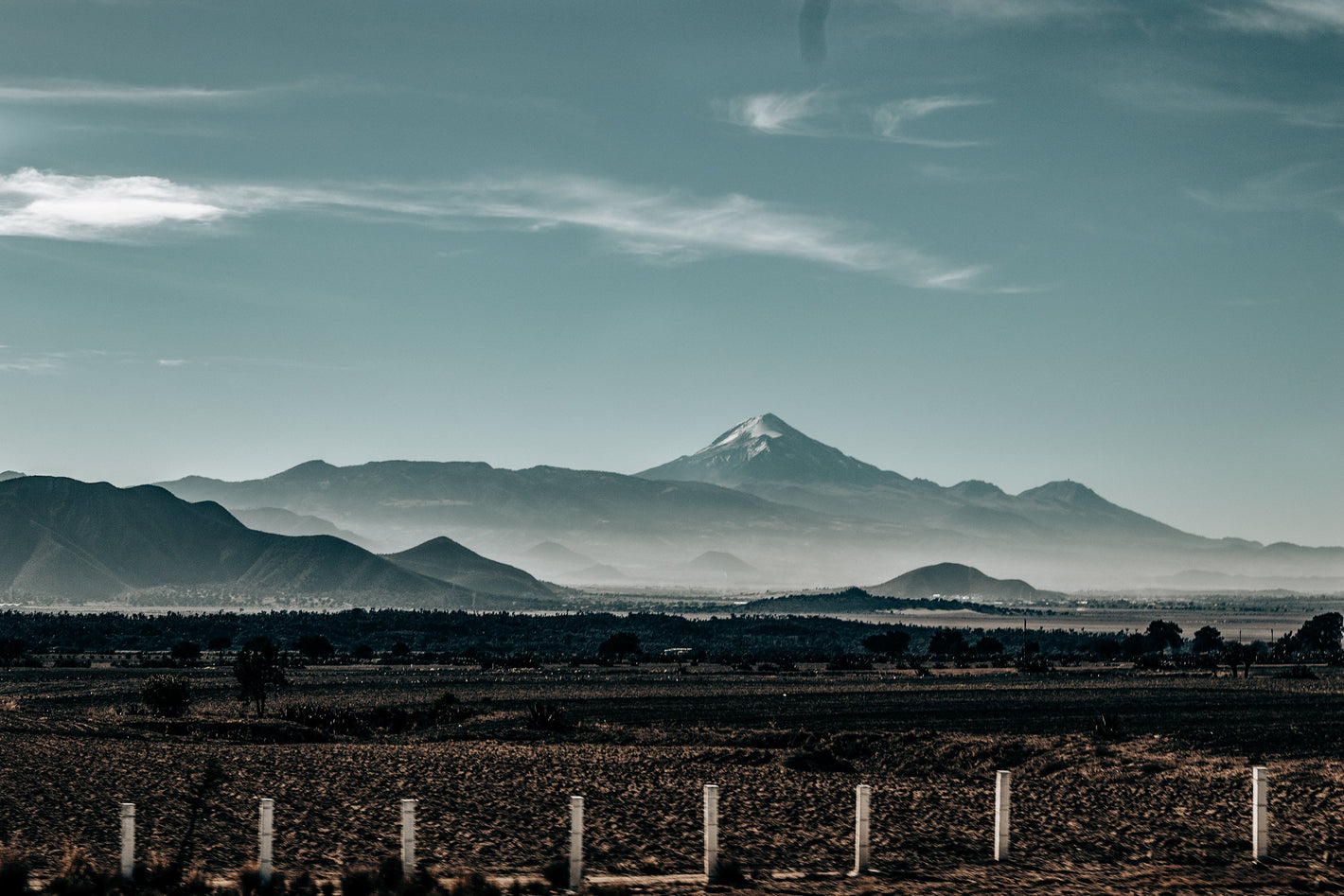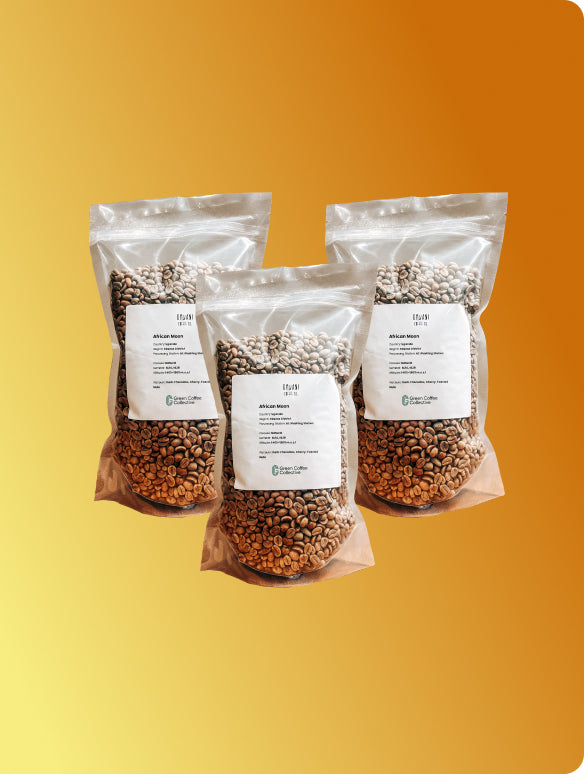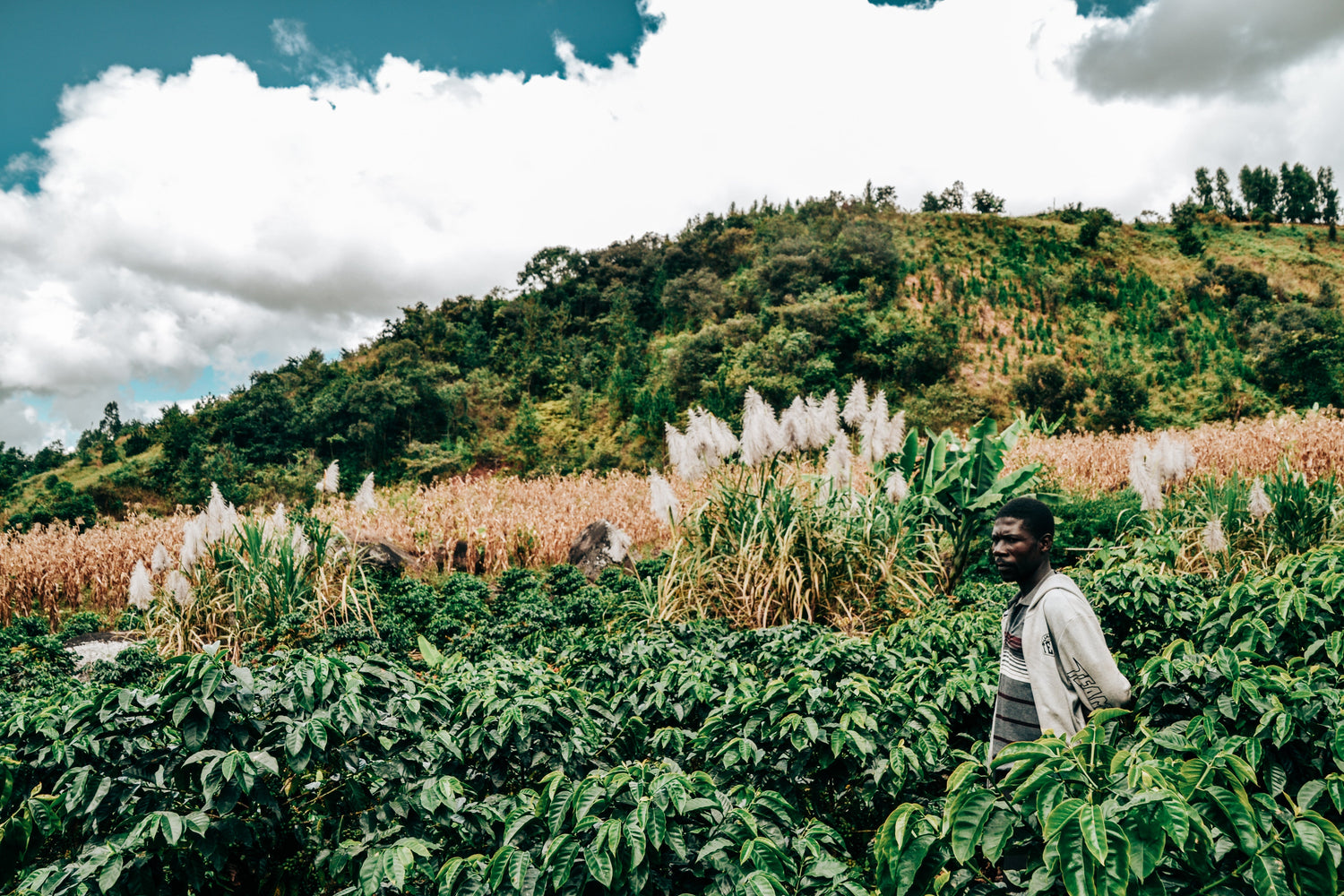
African Green Coffee Beans
Africa is the heart of specialty coffee, with Ethiopia regarded as the birthplace of Arabica. Known for its natural processing methods, African coffee strikes a remarkable balance between body and acidity. Expect vibrant acidity - from sparkling to tart - paired with sweet, wine-like flavours that create some of the most distinctive and complex profiles in the world. Despite producing only 12% of the global coffee supply, Africa’s impact on quality and flavour is undeniable.
-
Mitiku Yabato Natural
Cupping Score87.75Processing methodVarietal74158 , 74110 , Local Land RacesMain flavour notesBlueberry | Creamy | UmamiOut of Stock -
Agri Evolve Pulped Anaerobic
Cupping Score86.75Processing methodVarietalSL 14 , SL 28Main flavour notesOrange | Tropical FruitOut of Stock -
Mbare Lot 2
Cupping Score85.25Processing methodVarietalRed BourbonMain flavour notesBlack Tea | Brown Sugar | Candied CitrusOut of Stock -
Aragash Gelcha Natural
Cupping Score88.25Processing methodVarietal74110 , KurumeMain flavour notesBlack Tea | BlackberryOut of Stock -
Bekele Balaycho Natural
Cupping Score87.75Processing methodVarietalLandraceMain flavour notesBlackberry | Brown SugarOut of Stock -
Kericho County AA - Kenyan Decaf
Cupping Score85.25Processing methodVarietalBatian , Ruiru 11 , SL 28 , SL 34Main flavour notesBrown Sugar | Malt | HoneyIn Stock+50kg left -
Kwezi Natural - Drugar Premium
Cupping Score85.0Processing methodVarietalSL 14Main flavour notesFruity | Nutty | Honey | ChocolateOut of Stock -
Priory Farm AA
Cupping Score85.75Processing methodVarietalRuiru 11 , BatianMain flavour notesRaisins | Berry | ColaIn Stock+20kg left -
Priory Farm AB
Cupping Score86.0Processing methodVarietalRuiru 11 , BatianMain flavour notesDry Fruit | Citrus | MolassesOut of Stock -
Priory Farm C
Cupping Score86.5Processing methodVarietalRuiru 11 , BatianMain flavour notesDates | Cola | GrapefruitOut of Stock -
Marsellesa E
Cupping Score84.0Processing methodVarietalMarsellesaMain flavour notesHazelnut | Dark Chocolate | WalnutOut of Stock -
Rwanda Rugali Honey
Cupping Score84.5Processing methodVarietalRed BourbonMain flavour notesMelon | Spices | Black TeaOut of Stock -
Burundi Businde Natural
Cupping Score86.0Processing methodVarietalRed BourbonMain flavour notesVanilla | Marmalade | Toasted CoconutIn Stock+5kg left -
Natural Racemosa
Cupping Score87.75Processing methodVarietalHeirloom wild geneticsMain flavour notesSage | Mint | Lavender | Pistachio | Tropical Fruit | SyrupyOut of Stock -
Natural Marsellesa AB
Cupping Score84.5Processing methodVarietalMarsellesaMain flavour notesMolasses | Cola | Bold | Mellow AcidityOut of Stock -
Starmaya PB (Fully Washed)
Cupping Score83.75Processing methodVarietalStarmayaMain flavour notesDark Chocolate | Dark Berries | BramblesIn Stock+25kg left -
Uganda Bugisu AA Fully Washed RA
Cupping Score84.5Processing methodVarietalBourbon , SL 28Main flavour notesLemon | Black Tea | Brown Sugar | SweetOut of Stock -
Natural Buncho
Cupping Score87.0Processing methodVarietal74158Main flavour notesTropical Fruit | Bright Acidity | SweetOut of Stock
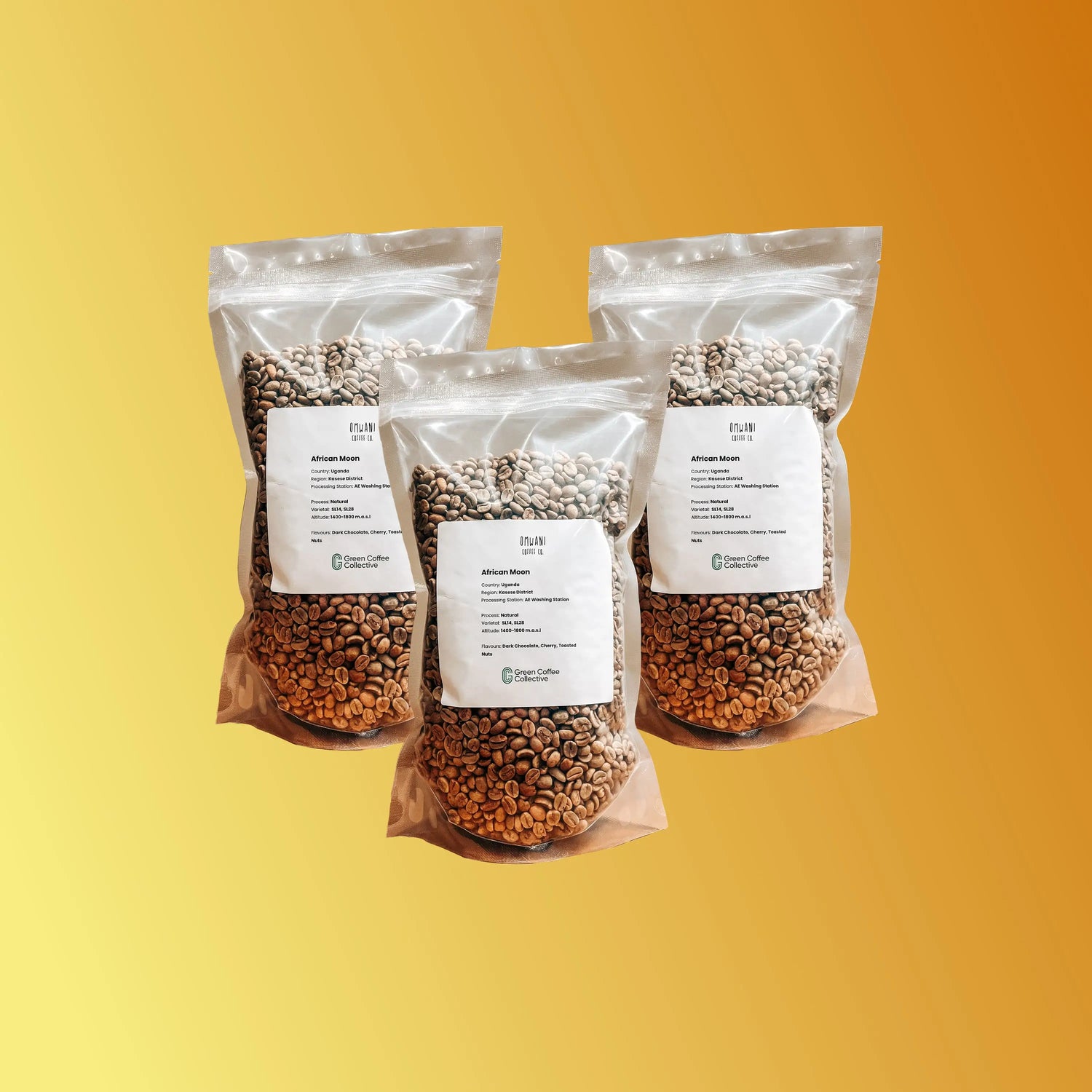
Your guide to African Green Coffee Beans
-
Which African country has the best coffee?
-
How do we source African coffee sustainably and transparently?
-
Can you facilitate custom sourcing for specific regions in Africa or processing methods?
-
Discover the Rich Legacy of African Green Coffee Beans
-
Why African Green Coffee Beans Are Famous
-
Why Roasters Love African Green Coffee Beans
-
Flavor Profile & Cupping Notes
-
Coffee-Growing Regions of Africa
-
Varietals & Species
-
Harvest Seasons & Availability
-
Processing Methods in Africa
-
Notable Varieties of African Green Coffee Beans
-
Usage & Versatility of African Green Coffee Beans
-
Best Brewing Methods for African Green Coffee Beans
-
Quality Standards for Green Coffee Beans in Africa
-
Sourcing & Traceability
-
Buy 100% High-Quality African Green Coffee Beans

